Rise of NFT Marketplaces
The proliferation of NFT marketplaces is reshaping the nft market. Platforms such as OpenSea, Rarible, and Foundation are providing users with diverse options for buying, selling, and trading NFTs. This increased accessibility is attracting a broader demographic, including artists, collectors, and investors. In 2025, the number of active NFT marketplaces is projected to exceed 200, indicating a robust competitive landscape. These marketplaces are not only enhancing liquidity but also fostering community engagement through features like auctions and collaborations. As competition intensifies, it is likely that marketplaces will innovate further, offering unique features that cater to the evolving needs of users in the nft market.
Growing Interest in Digital Ownership
The nft market is experiencing a surge in interest surrounding digital ownership. As consumers increasingly recognize the value of owning unique digital assets, the demand for NFTs has escalated. In 2025, the market is projected to reach approximately $30 billion, reflecting a growth rate of around 25% from the previous year. This growing interest is driven by the desire for authenticity and provenance in digital art, collectibles, and virtual goods. Furthermore, the rise of social media platforms that facilitate the sharing and trading of NFTs has contributed to this trend. As more individuals and brands enter the nft market, the landscape is likely to evolve, fostering innovation and new use cases for NFTs.
Technological Advancements in Blockchain
Technological advancements in blockchain are significantly impacting the nft market. Innovations such as layer-2 solutions and improved smart contract functionalities are enhancing the efficiency and scalability of NFT transactions. These developments are crucial as they address previous concerns regarding transaction speed and gas fees, which have hindered broader adoption. In 2025, it is estimated that transaction costs will decrease by up to 40%, making NFTs more accessible to a wider audience. As blockchain technology continues to mature, it is expected to facilitate the creation of more complex and interactive NFTs, thereby expanding the potential applications within the nft market.
Increased Investment from Institutional Players
The nft market is witnessing a notable influx of investment from institutional players. Major financial institutions and venture capital firms are beginning to recognize the potential of NFTs as an asset class. In 2025, institutional investment in the nft market is expected to surpass $5 billion, reflecting a growing confidence in the long-term viability of digital assets. This trend is likely to enhance market stability and attract more retail investors. Furthermore, as institutional players bring their expertise and resources, they may contribute to the development of more sophisticated financial products related to NFTs, thereby expanding the market's overall appeal.
Cultural Shifts Towards Digital Art and Collectibles
Cultural shifts towards digital art and collectibles are significantly influencing the nft market. As younger generations increasingly embrace digital forms of expression, the demand for NFTs representing art, music, and virtual experiences is on the rise. In 2025, it is estimated that digital art sales will account for over 50% of the total NFT market revenue. This cultural transformation is being fueled by the growing acceptance of digital assets as legitimate forms of investment and expression. As artists and creators leverage NFTs to monetize their work, the nft market is likely to see a diversification of content and a broader audience engagement.


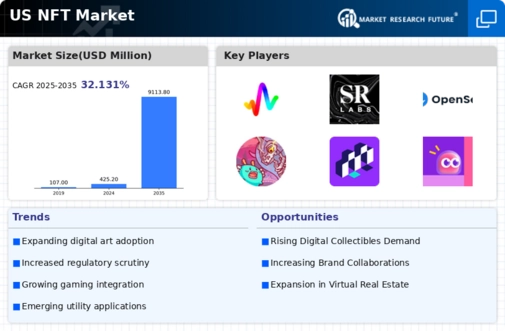
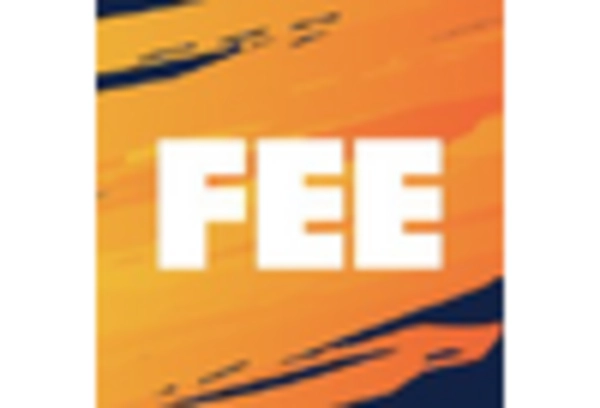
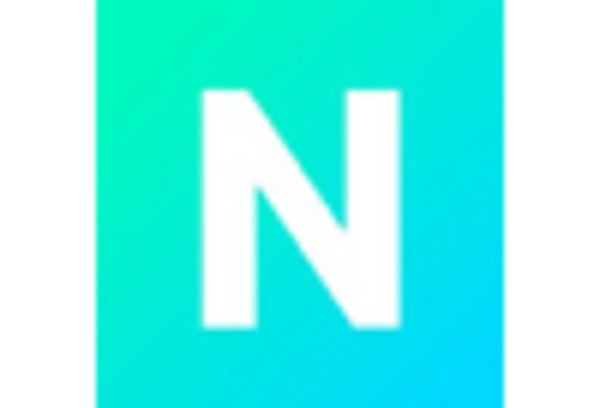

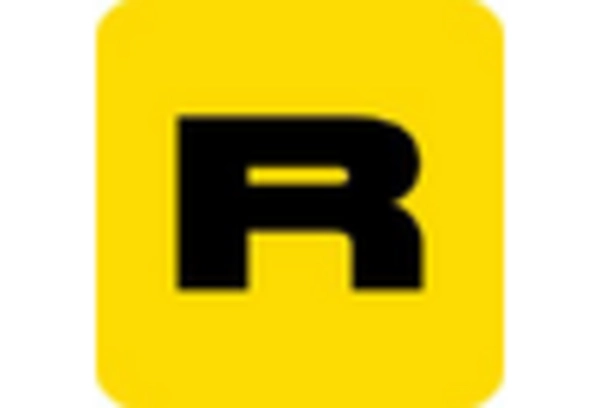

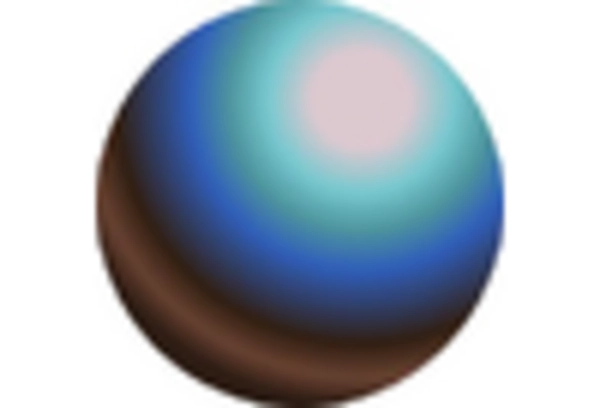








Leave a Comment